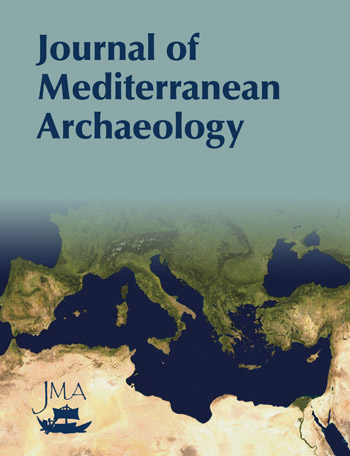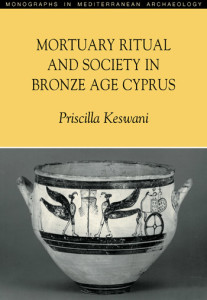Reviews
Overall, this is a welcome addition to the literature on Cypriot archaeology, being theoretically informed and rich in archaeological data, both of which are presented in an engaging style and accessible language. Moreover, it moves attention away from the usual (meta)narratives that have tended to focus on emerging social complexity, settlement and the economy, copper and pottery production, and international trade. Instead, the focus on the social and experiential aspects of the built environment of LBA Cyprus (albeit constrained to the better-known urban context) allows students and researchers alike to engage with a more meaningful understanding of the lived experience of the island’s second millennium inhabitants.Journal of Near Eastern Studies








